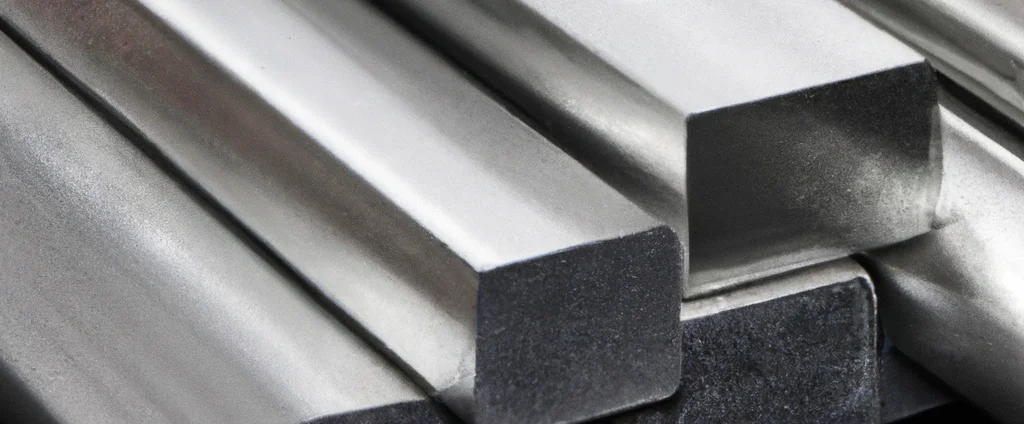Aluminum Alloy 2618 (UNS A92618)

Aluminum 2618 is a high-strength aluminum alloy that contains copper, magnesium, and silicon as its primary alloying elements. It is commonly used in aerospace and high-performance applications where strength and durability are critical.
| Chemical Composition | ||
|---|---|---|
| Element | Min | Max |
| Aluminum | 92% | 94% |
| Copper | 1.9% | 2.7% |
| Iron | 0.9% | 1.3% |
| Magnesium | 1.3% | 1.8% |
| Nickel | 0.9% | 1.2% |
| Silicon | —— | 0.25% |
| Titanium | 0.04% | 0.1% |
| Zinc | —— | 0.1% |
| Residuals | —— | 0.15% |
The following table provides a list of aluminum 2618 properties in both SI and US customary/Imperial units.
Click on the button to switch between Metric and Imperial units.
| Physical Properties | Metric |
|---|---|
| Density | 2760 kg/m3 |
| Mechanical Properties | Metric |
| Tensile Strength | 440 - 570 MPa |
| Yield Strength | 370 - 480 MPa |
| Young’s Modulus (E) | 74 GPa |
| Shear Modulus (G) | 27 GPa |
| Elongation at Break | 8 - 12% |
| Poisson’s Ratio (ν) | 0.33 |
| Brinell Hardness | 110 HB |
| Thermal Properties | Metric |
| Melting Point | 530 - 638 °C |
| Thermal Conductivity | 130 - 146 W/m·K |
| Specific Heat Capacity (Cp) | 875 J/kg·K |
| Coefficient of Thermal Expansion (αL) | 2.32×10-5 1/°C |
| Electrical Properties | Metric |
| Electrical Conductivity | 1.74×107 S/m |
| Electrical Resistivity | 4.7×10-8 Ω·m |
The values in this table are approximate and can vary depending on various factors such as the specific manufacturing process and heat treatment applied to the alloy.
Advantages & Disadvantages of Aluminum 2618
| Advantages | Disadvantages |
|---|---|
| High strength | Limited heat resistance |
| Good machinability | Limited cold forming |
| Good weldability | High cost |
| Corrosion resistance | Limited availability |
| Lightweight |
Applications of Aluminum 2618
Aluminum 2618 is a premium aerospace-grade alloy chosen for its exceptional strength-to-weight ratio and resistance to extreme environments. Key applications include:
- Aerospace and Defense: Used in the aerospace and defense industries to manufacture high-performance components such as aircraft engine parts, missile components, and rocket motor casings.
- Automotive: Used in high-performance engine components, such as pistons and connecting rods, that require high strength and durability.
- Marine: Used in boat parts, such as propellers, that require high strength and corrosion resistance.
- Sports Equipment: Used in the manufacturing of sports equipment such as bicycle frames, handlebars, and other components due to its high strength and lightweight properties.
- Industrial Machinery: Used in hydraulic cylinders, gearboxes, and crankshafts that require high strength and durability.
- Medical Equipment: Used in MRI scanners and surgical instruments due to its high strength, light weight, and biocompatibility.
- Electronics: Used in electronic enclosures, heat sinks, and other components that require high strength and thermal conductivity.
- Consumer Goods: Used in various consumer goods such as camping equipment, furniture, and appliances due to its lightweight, strength, and corrosion resistance properties.
